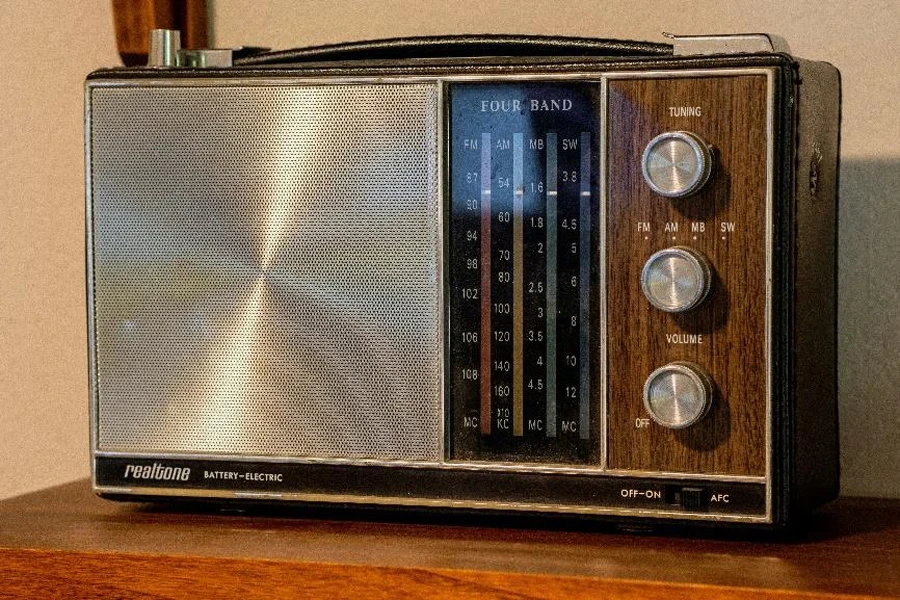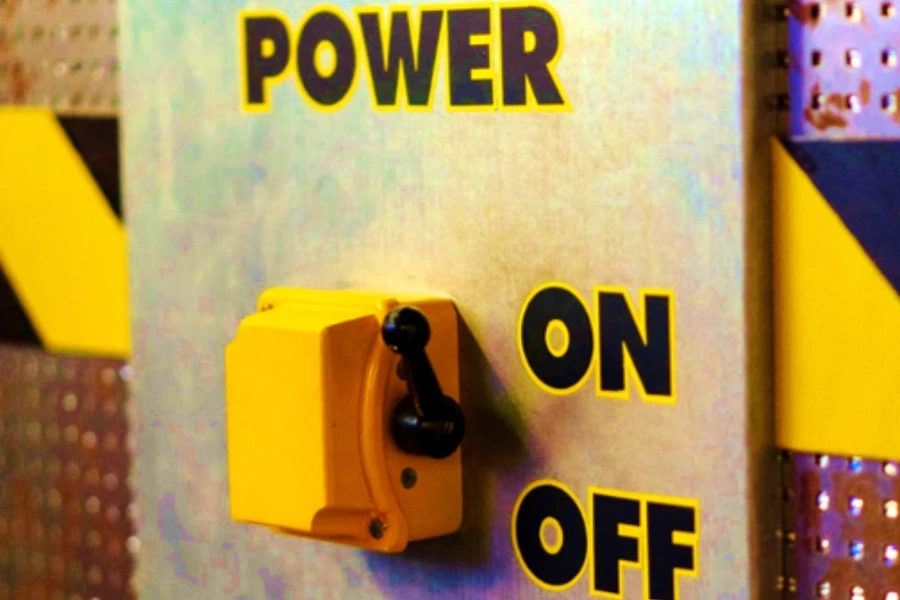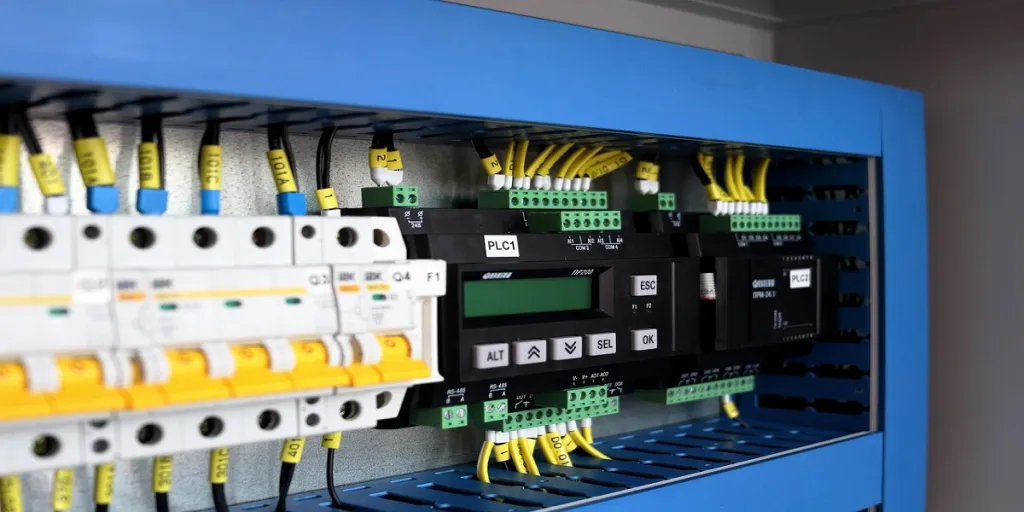Table of Contents
1. Introduction
2. Introduction and common switch types
3. Latest technological advancements
4. Market size
5. Selection recommendations
6. Summary
Introduction
We use a myriad of switches almost every day, including whenever you want to use a car, a washing machine, an electric light, or even turn on your mobile phone screen. Switches are undoubtedly one of the most common electrical components we encounter in our daily lives. They are devices used to automatically or manually connect or disconnect circuits, interrupt the current flow, or change the current direction in a circuit, thereby controlling the start and stop of electrical equipment, selecting programs, or controlling power transmission.
This article will explore how switches work, common types, relevant safety certification standards, and the latest technological advances in the field.
Introduction and common swicth types
Almost all electrical and electronic systems use at least one switch to control the device’s “on” and “off” operations. Simply put, a switch controls a circuit by activating or deactivating all or some parts or processes connected to it.
Switches primarily serve two functions: opening or closing circuits and controlling power transmission, and generally have one or more contacts. A contact’s “closed” state indicates conductivity, allowing current to flow, while a switch’s “open” state indicates non-conductivity, forming an open circuit and preventing current flow.
Although this functionality may seem simple, it has spawned innumerable versions for different application scenarios. Below we’ll introduce the most common types of switches and briefly explain their principles.
Toggle switches and push-button switches
Toggle switches and push-button switches are the most common types of electrical switches, characterized by a lever or button mechanism that can be toggled to open or close a circuit. They change the function and state of an electrical system by switching positions. They typically consist of two contacts, which close when the lever or button is moved to a certain position, allowing the circuit to be closed and current to flow. When the lever or button is moved to another position, the contacts open, breaking the circuit and preventing current flow. These types of switches are commonly found in appliances such as lamps and kettles.
Rotary switches
Rotary switches typically have a knob that can be rotated, and each increment or position of the switch can control different parts of a system. The final stop position of the knob determines the control command of the switch. In addition to selecting circuit opening or closing through contacts in different positions, rotary switches can also control current flow by adjusting the size of built-in resistors. This makes them suitable for controlling program changes or setting operating speeds. Rotary switches are widely used for volume control, fan speed control, and time control in appliances such as washing machines, ovens, and microwaves.

Reed switches
A reed switch is a magnetic switch commonly used in electronic circuits. Although not commonly seen day to day, it is an essential component in circuit control for applications such as automobiles and door/window alarms.
Reed switches consist of a sealed glass casing that contains two ferromagnetic reeds. The contact or separation of the reeds is controlled by an external magnetic field generated by a permanent magnet or an electromagnetic coil, thereby controlling the current flow.
Reed switches are typically used to detect whether something is open or in motion, such as detecting a cylinder’s open/closed state or for security monitoring in doors and windows. The glass casing of the reed switch allows it to be used in almost any environment. In the normally open state, it consumes no power. The magnetic control method ensures virtually lossless operation, allowing for billions of circuit opening and closing operations. As a result, reed switches have rapidly developed applications in testing and measurement equipment, security systems, and household appliances. In the future, they may have a significant market in various applications.
In addition, switches can also be classified based on their functions, including the normally open (NO) switch mentioned earlier, which does not allow current to pass through its contacts in its normal default position. When the switch is activated (e.g., by pressing a button), it allows current to flow. On the other hand, there is the normally closed (NC) switch, where the contacts are in their normal default position, allowing current to flow. When activated, the switch disconnects the power to the contacts, preventing any current from passing through. NC switches are commonly used in emergency stop protection circuits.
Based on the principle of electromagnetic relays controlling time, delay switches can be further classified into sound-controlled, light-controlled, touch-controlled, etc. These are often used in input-output touch switches, which rely on the force of a metal spring to achieve circuit connection and disconnection. When the switch button is lightly pressed, the switch is turned on, and when the button is released, the switch is turned off. Currently, whether you are using a mouse click or a touchscreen on a smartphone, you are using a touch switch.
Latest technological advancements
The latest technological advancements in electrical switch technology mainly focus on improving the level of intelligence while continuously developing in miniaturization, reliability, safety, energy efficiency, and sustainability.
As a control terminal that directly interacts with people, switches have rapidly progressed in terms of intelligence with the development of the Internet of Things (IoT) technology and artificial intelligence. Touchscreens and programmability have become more common, making the manual control interaction process smoother. Combined with remote monitoring technology and AI, users can monitor and control the status of electrical switches in real time, and achieve personalized control of smart home appliances through programming. Smart home systems can learn users’ living habits and control smart switches to automate functions such as air conditioning or lighting.
New types of switches can adapt to complex power networks and industrial systems, enabling more efficient energy utilization by integrating technologies like high-voltage direct current (HVDC). Digital protective switches can enhance the safety of electrical appliances. Practical advanced materials enable low power consumption, eco-friendly and sustainable designs. It is expected that with the popularization of smart homes, the market for smart switches will gradually expand.
Market size
As an essential control component in the electronics field, switches have a significant market size. According to precedence research, the global electrical switches market reached USD 14.1 billion in 2022 and is expected to reach around USD 23.8 billion by 2032, with a CAGR of 5.37% during the forecast period from 2023 to 2032.
In specific segments, according to Dataintelo, the global smart switches market is projected to grow from USD 1.02 billion in 2017 to USD 2.48 billion by 2030, with a CAGR of 10.5% from 2017 to 2030. The market’s growth can be attributed to the increasing demand for smart home devices, growing awareness of energy conservation, and the rising adoption of the Internet of Things (IoT) in residential and commercial applications.
However, high installation costs and a lack of technical expertise may restrain the market’s growth during the forecast period. The global reed switch market is expected to reach USD 1427.05 million by 2028 from USD 888.7 million in 2021, with a CAGR of 7% during the forecast period (2021-2028). This growth is driven by the increasing demand for reed switches in various automotive applications such as airbag sensors and cruise control systems, the growing need for safety and security, and the high reliability and durability of these products in harsh environments like extreme cold or heat.
Selection recommendations
After understanding the basic knowledge of electrical switches, it is still important to pay attention to specific parameters when choosing electrical switches to ensure compatibility with your specific application. The main parameters of electrical switches include:
- Rated voltage: Refers to the safe voltage allowed for the switch during normal operation.
- Rated current: Indicates the maximum safe current allowed to pass through the switch when turned on. Exceeding this value may cause arcing between the two contacts.
- Insulation resistance: Refers to the resistance value between the conductor and insulation parts of the switch. The insulation resistance value should be above 100MΩ.
- Contact resistance: Refers to the resistance value between each pair of contacts when the switch is in the open state. Generally, it is required to be below 0.1-0.5Ω, and a smaller value is preferred.
- Voltage withstands: Indicates the maximum voltage the switch can withstand between the conductor and ground
- Lifetime: Refers to the number of times the switch can operate under normal working conditions. Generally, it is required to be around 5,000-35,000 times.
- Compatibility: Ensure compatibility between the switch and the existing circuit environment.
- Safety certification: When producing and purchasing switches, it is important to choose products that have undergone relevant safety certifications, including the International Electrotechnical Commission (IEC) standard IEC 60669-1:2017, the international standard for low-voltage switchgear and control gear IEC 60947-3:2018, the international standard for electrical and thermal coordination of electrical equipment IEC 61140:2016, the general standard for electrical switches published by the Underwriters Laboratories (UL) UL 61058-1, the European standard EN 60669-1, the Chinese national standard GB 16915.1-2017, and the Japanese industrial standard JIS C 4520-1:2014, etc. Please also consider the policy requirements of your region.

Summary
Electrical switches are crucial components for controlling the operation of power systems. This article has provided an overview of the basic knowledge, common types, latest research, market size, and selection recommendations for switches. We hope this article can open up your understanding of this important component, just like how a switch opens up an electrical circuit.
No matter your electrical switch needs, you’ll find everything you’re looking for on Alibaba.com.




